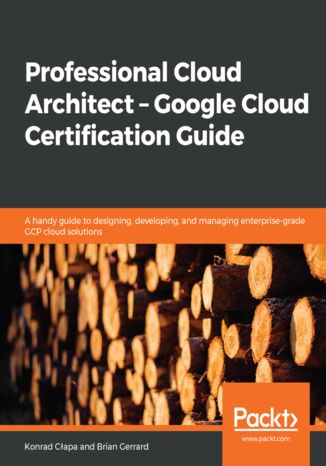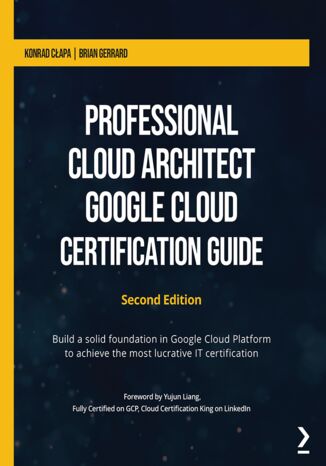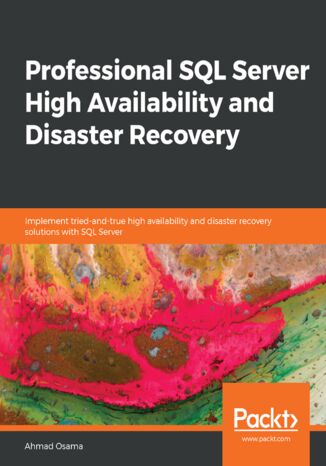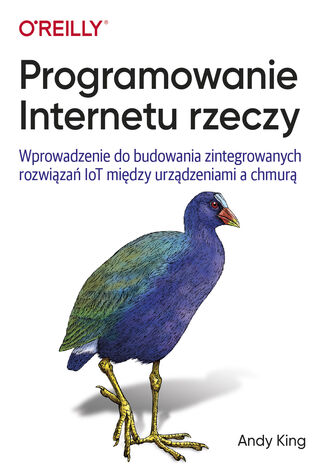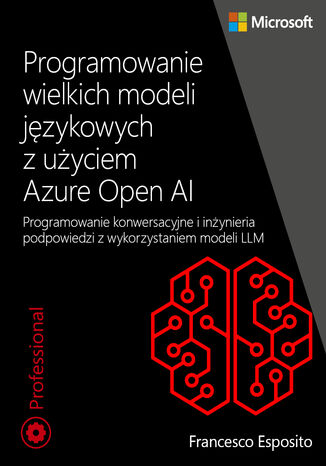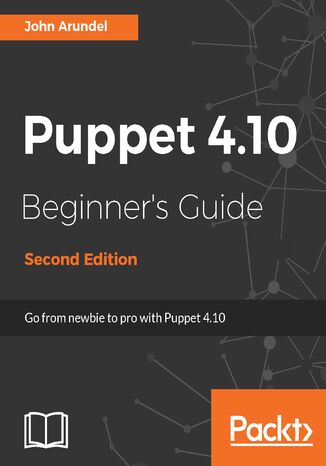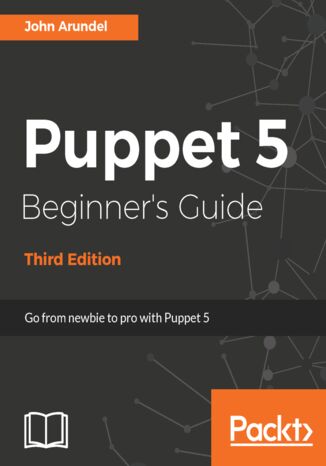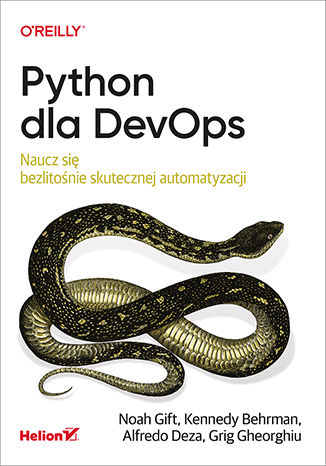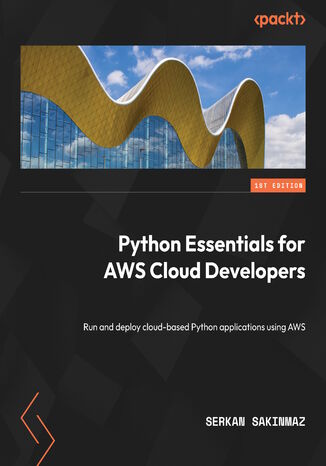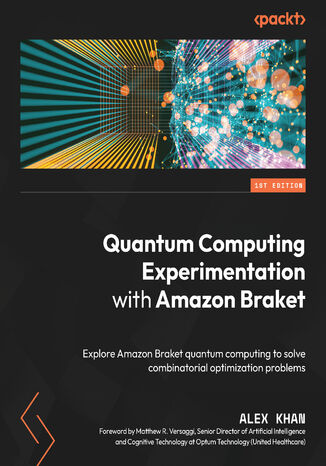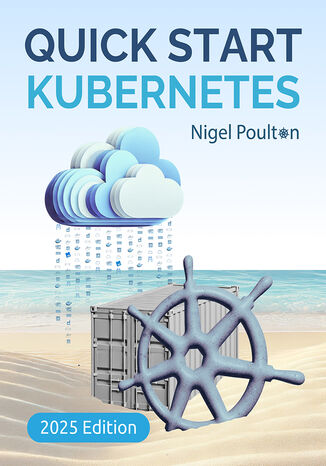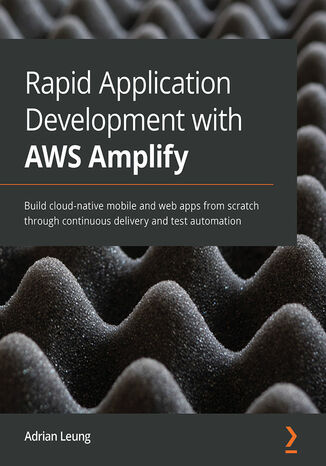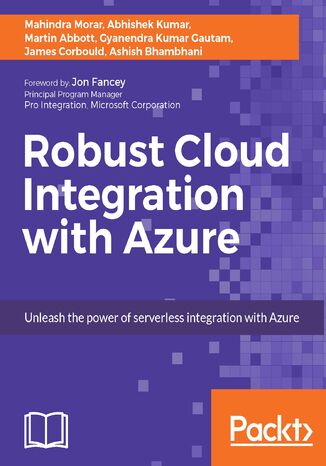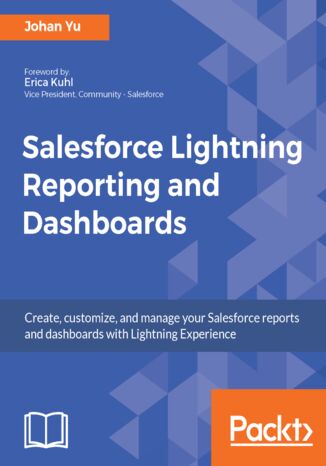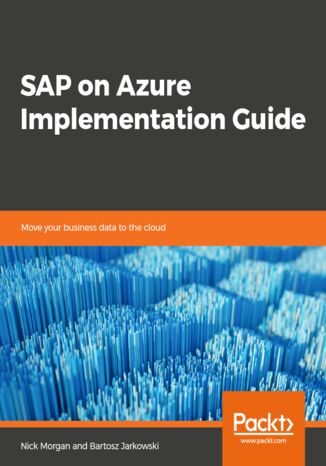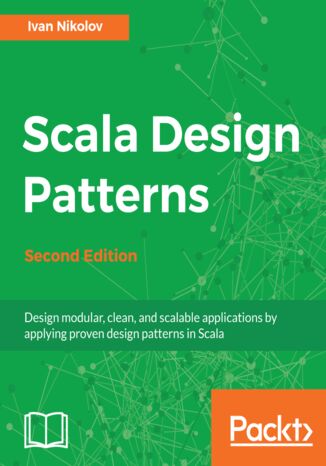Categories
-
- Bitcoin
- Businesswoman
- Coaching
- Controlling
- E-business
- Economy
- Finances
- Stocks and investments
- Personal competence
- Computer in the office
- Communication and negotiation
- Small company
- Marketing
- Motivation
- Multimedia trainings
- Real estate
- Persuasion and NLP
- Taxes
- Social policy
- Guides
- Presentations
- Leadership
- Public Relation
- Reports, analyses
- Secret
- Social Media
- Sales
- Start-up
- Your career
- Management
- Project management
- Human Resources
-
- Architektura i wnętrza
- Health and Safety
- Biznes i Ekonomia
- Home and garden
- E-business
- Ekonomia i finanse
- Esoterecism
- Finances
- Personal finance
- Business
- Photography
- Computer science
- HR & Payroll
- For women
- Computers, Excel
- Accounts
- Culture and literature
- Scientific and academic
- Environmental protection
- Opinion-forming
- Education
- Taxes
- Travelling
- Psychology
- Religion
- Agriculture
- Book and press market
- Transport and Spedition
- Healthand beauty
-
- Office applications
- Data bases
- Bioinformatics
- IT business
- CAD/CAM
- Digital Lifestyle
- DTP
- Electronics
- Digital photography
- Computer graphics
- Games
- Hacking
- Hardware
- IT w ekonomii
- Scientific software package
- School textbooks
- Computer basics
- Programming
- Mobile programming
- Internet servers
- Computer networks
- Start-up
- Operational systems
- Artificial intelligence
- Technology for children
- Webmastering
-
- Antology
- Ballade
- Biographies and autobiographies
- For adults
- Dramas
- Diaries, memoirs, letters
- Epic, epopee
- Essay
- Fantasy and science fiction
- Feuilletons
- Work of fiction
- Humour and satire
- Other
- Classical
- Crime fiction
- Non-fiction
- Fiction
- Mity i legendy
- Nobelists
- Novellas
- Moral
- Okultyzm i magia
- Short stories
- Memoirs
- Travelling
- Narrative poetry
- Poetry
- Politics
- Popular science
- Novel
- Historical novel
- Prose
- Adventure
- Journalism, publicism
- Reportage novels
- Romans i literatura obyczajowa
- Sensational
- Thriller, Horror
- Interviews and memoirs
-
- Archeology
- Bibliotekoznawstwo
- Cinema studies
- Philology
- Polish philology
- Philosophy
- Finanse i bankowość
- Geography
- Economy
- Trade. World economy
- History and archeology
- History of art and architecture
- Cultural studies
- Linguistics
- Literary studies
- Logistics
- Maths
- Medicine
- Humanities
- Pedagogy
- Educational aids
- Popular science
- Other
- Psychology
- Sociology
- Theatre studies
- Theology
- Economic theories and teachings
- Transport i spedycja
- Physical education
- Zarządzanie i marketing
-
- Health and Safety
- History
- Road Code. Driving license
- Law studies
- Healthcare
- General. Compendium of knowledge
- Academic textbooks
- Other
- Construction and local law
- Civil law
- Financial law
- Economic law
- Economic and trade law
- Criminal law
- Criminal law. Criminal offenses. Criminology
- International law
- International law
- Health care law
- Educational law
- Tax law
- Labor and social security law
- Public, constitutional and administrative law
- Family and Guardianship Code
- agricultural law
- Social law, labour law
- European Union law
- Industry
- Agricultural and environmental
- Dictionaries and encyclopedia
- Public procurement
- Management
-
- Africa
- Albums
- Southern America
- North and Central America
- Australia, New Zealand, Oceania
- Austria
- Asia
- Balkans
- Middle East
- Bulgary
- China
- Croatia
- The Czech Republic
- Denmark
- Egipt
- Estonia
- Europe
- France
- Mountains
- Greece
- Spain
- Holand
- Iceland
- Lithuania
- Latvia
- Mapy, Plany miast, Atlasy
- Mini travel guides
- Germany
- Norway
- Active travelling
- Poland
- Portugal
- Other
- Przewodniki po hotelach i restauracjach
- Russia
- Romania
- Slovakia
- Slovenia
- Switzerland
- Sweden
- World
- Turkey
- Ukraine
- Hungary
- Great Britain
- Italy
-
- Philosophy of life
- Kompetencje psychospołeczne
- Interpersonal communication
- Mindfulness
- General
- Persuasion and NLP
- Academic psychology
- Psychology of soul and mind
- Work psychology
- Relacje i związki
- Parenting and children psychology
- Problem solving
- Intellectual growth
- Secret
- Sexapeal
- Seduction
- Appearance and image
- Philosophy of life
-
- Bitcoin
- Businesswoman
- Coaching
- Controlling
- E-business
- Economy
- Finances
- Stocks and investments
- Personal competence
- Communication and negotiation
- Small company
- Marketing
- Motivation
- Real estate
- Persuasion and NLP
- Taxes
- Social policy
- Guides
- Presentations
- Leadership
- Public Relation
- Secret
- Social Media
- Sales
- Start-up
- Your career
- Management
- Project management
- Human Resources
-
- Antology
- Ballade
- Biographies and autobiographies
- For adults
- Dramas
- Diaries, memoirs, letters
- Epic, epopee
- Essay
- Fantasy and science fiction
- Feuilletons
- Work of fiction
- Humour and satire
- Other
- Classical
- Crime fiction
- Non-fiction
- Fiction
- Mity i legendy
- Nobelists
- Novellas
- Moral
- Okultyzm i magia
- Short stories
- Memoirs
- Travelling
- Poetry
- Politics
- Popular science
- Novel
- Historical novel
- Prose
- Adventure
- Journalism, publicism
- Reportage novels
- Romans i literatura obyczajowa
- Sensational
- Thriller, Horror
- Interviews and memoirs
-
- Philosophy of life
- Interpersonal communication
- Mindfulness
- General
- Persuasion and NLP
- Academic psychology
- Psychology of soul and mind
- Work psychology
- Relacje i związki
- Parenting and children psychology
- Problem solving
- Intellectual growth
- Secret
- Sexapeal
- Seduction
- Appearance and image
- Philosophy of life
- Ebooks
- Programming
- Programming in cloud
Programming in cloud
Google Cloud Platform (GCP) is one of the leading cloud service suites and offers solutions for storage, analytics, big data, machine learning, and application development. It features an array of services that can help organizations to get the best out of their infrastructure. This comprehensive guide covers a variety of topics specific to Google's Professional Cloud Architect official exam syllabus and guides you in using the right methods for effective use of GCP services.You'll start by exploring GCP, understanding the benefits of becoming a certified architect, and learning how to register for the exam. You'll then delve into the core services that GCP offers such as computing, storage, and security. As you advance, this GCP book will help you get up to speed with methods to scale and automate your cloud infrastructure and delve into containers and services. In the concluding chapters, you'll discover security best practices and even gain insights into designing applications with GCP services and monitoring your infrastructure as a GCP architect.By the end of this book, you will be well versed in all the topics required to pass Google's Professional Cloud Architect exam and use GCP services effectively.
Konrad Cłapa, Brian Gerrard, Yujun Liang
Google Cloud Platform (GCP) is one of the industry leaders thanks to its array of services that can be leveraged by organizations to bring the best out of their infrastructure. This book is a comprehensive guide for learning methods to effectively utilize GCP services and help you become acquainted with the topics required to pass Google's Professional Cloud Architect certification exam.Following the Professional Cloud Architect's official exam syllabus, you'll first be introduced to the GCP. The book then covers the core services that GCP offers, such as computing and storage, and takes you through effective methods of scaling and automating your cloud infrastructure. As you progress through the chapters, you'll get to grips with containers and services and discover best practices related to the design and process. This revised second edition features new topics such as Cloud Run, Anthos, Data Fusion, Composer, and Data Catalog.By the end of this book, you'll have gained the knowledge required to take and pass the Google Cloud Certification – Professional Cloud Architect exam and become an expert in GCP services.
Professional SQL Server High Availability and Disaster Recovery explains the high availability and disaster recovery technologies available in SQL Server: Replication, AlwaysOn, and Log Shipping. You’ll learn what they are, how to monitor them, and how to troubleshoot any related problems. You will be introduced to the availability groups of AlwaysOn and learn how to configure them to extend your database mirroring. Through this book, you will be able to explore the technical implementations of high availability and disaster recovery technologies that you can use when you create a highly available infrastructure, including hybrid topologies. Note that this course does not cover SQL Server Failover Cluster Installation with shared storage.By the end of the book, you’ll be equipped with all that you need to know to develop robust and high performance infrastructure.
Ten praktyczny przewodnik uczy, jak programować Internet rzeczy (Internet of Things - IoT). Autor i edukator Andy King dzieli złożone problemy programistyczne na instrukcje krok po kroku i pokazuje, jak zaprojektować i zbudować własny kompleksowy system Internetu rzeczy typu full-stack - od urządzenia po chmurę. Ta praktyczna książka przeprowadza czytelników przez proces doboru narzędzi, konfigurowania środowiska programistycznego oraz projektowania i implementacji rozwiązania. Uczy, jak działa typowy ekosystem IoT oraz jak radzić sobie z problemami z integracją, jakie pojawiają się w trakcie implementowania rozwiązań IoT. Ta książka pomoże w rozpoczęciu pracy zarówno studentom, którzy poznają podstawy IoT, jak i menedżerom, którzy znają się nieco na IT i chcą lepiej zrozumieć niuanse technologii IoT, a także programistom rozwijającym własny system inteligentnego domu. - Projektowanie kompleksowego rozwiązania dla przykładowego problemu IoT - Konfigurowanie środowiska do budowania i testowania rozwiązań IoT - Porządkowanie projektu oprogramowania poprzez utworzenie abstrakcji w językach Python i Java - Używanie MQTT, CoAP i innych protokołów do łączenia się z urządzeniami i usługami IoT - Tworzenie niestandardowego, bazującego na notacji JSON formatu danych do użycia na różnych platformach i usługach - Wykorzystywanie usług w chmurze do wspomagania ekosystemu IoT i dostarczania korzyści biznesowych "Ta książka przedstawia programistom bezcenne techniki projektowania, rozwijania i wdrażania kompleksowych systemów Internetu rzeczy." -Rolando Herrero Profesor, Northeastern University "Czytelnicy dobrze poznają komponenty wchodzące w skład rozwiązań IoT i dowiedzą się, jak naprawdę wygląda proces ich budowania." -Tim Strunck Dyrektor działu Software Engineering, Atom Power Andy King jest wprawionym informatykiem, edukatorem i liderem technicznym z ponad 20-letnim doświadczeniem, specjalizującym się w projektowaniu i budowaniu narzędzi do zarządzania siecią, systemów telematycznych i platform Internetu rzeczy. Doradza klientom na całym świecie w zakresie strategii, projektowania i integracji systemów IoT. Jest wykładowcą na Northeastern University, gdzie prowadzi kurs Connected Devices.
Użyj modeli LLM do budowy lepszych aplikacji biznesowych Autonomicznie komunikuj się z użytkownikami i optymalizuj zadania biznesowe za pomocą aplikacji, których celem jest uczynienie interakcji między ludźmi i komputerami bardziej płynnymi i naturalnymi. Ekspert w dziedzinie sztucznej inteligencji Francesco Esposito przedstawia kilka scenariuszy, dla których efektywny jest model LLM: tworzenie wyrafinowanych rozwiązań biznesowych, zmniejszanie różnicy między ludźmi i maszynami wyposażonymi w oprogramowanie, a także budowanie potężnych silników wnioskowania. Spostrzeżenia dotyczące podpowiadania i programowania konwersacyjnego - z konkretnymi technikami dla wzorców i platform - pozwalają odkryć, w jaki sposób język naturalny może zapewnić nowe, zaawansowane podejście do kodowania. Konkretne kompleksowe demonstracje (wykorzystujące język Python i platformę ASP.NET Core) prezentują wszechstronne wzorce interakcji między istniejącymi procesami, API, danymi i wkładem ludzkim. Ta książka pomoże Ci: Zrozumieć historię dużych modeli językowych i programowania konwersacyjnego Zastosować podpowiadanie jako nowy sposób kodowania Poznać podstawowe techniki podpowiadania i przypadki użycia Zaprojektować zaawansowane podpowiedzi, wliczając w to łączenie modeli LLM z danymi i wywoływanie funkcji w celu budowy silników wnioskowania Użyć w kodzie języka naturalnego do definiowania przepływów pracy i koordynowania istniejących API Opanować zewnętrzne platformy LLM Ocenić obawy związane z bezpieczeństwem, prywatnością i dokładnością sztucznej inteligencji Poznać otoczenie regulacyjne sztucznej inteligencji Zbudować i wdrożyć osobistego asystenta Zastosować wzorzec generowania wzbogacanego wyszukiwaniem informacji (RAG) do formułowania odpowiedzi w oparciu o bazę wiedzy Skonstruować konwersacyjny interfejs użytkownika Dla profesjonalistów IT Dla profesjonalistów, architektów, głównych deweloperów i programistów oprogramowania, a także entuzjastów uczenia się maszyn Dla wszystkich zainteresowanych przetwarzaniem języka naturalnego lub rzeczywistymi zastosowaniami języka podobnego do ludzkiego w oprogramowaniu O autorze Francesco Esposito, uzbrojony w solidną wiedzę matematyczną, jest autorem dwóch książek wydawnictwa Microsoft Press na temat uczenia się maszyn. Obecnie pełni funkcję dyrektora ds. inżynierii i danych w Crionet, firmie dostarczającej innowacyjne rozwiązania dla branży sportowej i medialnej. Założył także Youbiquitous, fabrykę analizy danych i oprogramowania zajmującą się modelami LLM, a także KBMS Data Force, startup skupiający się na terapii cyfrowej i inteligentnej opiece zdrowotnej. Kod źródłowy dostępny na stronie: MicrosoftPressStore.com/ LLMAzureAI/downloads
Puppet 4.10 Beginner's Guide. From newbie to pro with Puppet 4.10 - Second Edition
Puppet 4.10 Beginner’s Guide, Second Edition, gets you up and running with the very latest features of Puppet 4.10, including Docker containers, Hiera data, and Amazon AWS cloud orchestration. Go from beginner to confident Puppet user with a series of clear, practical examples to help you manage every aspect of your server setup.Whether you’re a developer, a system administrator, or you are simply curious about Puppet, you’ll learn Puppet skills that you can put into practice right away. With practical steps giving you the key concepts you need, this book teaches you how to install packages and config files, create users, set up scheduled jobs, provision cloud instances, build containers, and so much more. Every example in this book deals with something real and practical that you’re likely to need in your work, and you’ll see the complete Puppet code that makes it happen, along with step-by-step instructions for what to type and what output you’ll see. All the examples are available in a GitHub repo for you to download and adapt for your own server setup.
Puppet 5 Beginner's Guide. Go from newbie to pro with Puppet 5 - Third Edition
Puppet 5 Beginner’s Guide, Third Edition gets you up and running with the very latest features of Puppet 5, including Docker containers, Hiera data, and Amazon AWS cloud orchestration. Go from beginner to confident Puppet user with a series of clear, practical examples to help you manage every aspect of your server setup. Whether you’re a developer, a system administrator, or you are simply curious about Puppet, you’ll learn Puppet skills that you can put into practice right away. With practical steps giving you the key concepts you need, this book teaches you how to install packages and config files, create users, set up scheduled jobs, provision cloud instances, build containers, and so much more. Every example in this book deals with something real and practical that you’re likely to need in your work, and you’ll see the complete Puppet code that makes it happen, along with step-by-step instructions for what to type and what output you’ll see. All the examples are available in a GitHub repo for you to download and adapt for your own server setup.
Python dla DevOps. Naucz się bezlitośnie skutecznej automatyzacji
Noah Gift, Kennedy Behrman, Alfredo Deza, Grig Gheorghiu
Ostatnia dekada zmieniła oblicze IT. Kluczowego znaczenia nabrały big data, a chmura i automatyzacja rozpowszechniły się wszędzie tam, gdzie mowa o efektywności. Inżynierowie muszą wykorzystywać zalety systemów linuksowych w codziennej praktyce, aby zapewnić należyty poziom automatyzacji swoich zadań. Do tych celów świetnie nadaje się Python. Język ten zdobywa coraz większe uznanie z uwagi na jego wszechstronność, jak również wydajność, przenaszalność i bezpieczeństwo kodu. Warto więc wykorzystywać Pythona do administrowania systemami Linux wraz z takimi narzędziami DevOps jak Docker, Kubernetes i Terraform. Dzięki tej książce dowiesz się, jak sobie z tym poradzić. Znalazło się w niej krótkie wprowadzenie do Pythona oraz do automatyzacji przetwarzania tekstu i obsługi systemu plików, a także do pisania własnych narzędzi wiersza poleceń. Zaprezentowano również przydatne narzędzia linuksowe, systemy zarządzania pakietami oraz systemy budowania, monitorowania i automatycznego testowania kodu. Zagadnienia te szczególnie zainteresują specjalistów DevOps. Ponadto zawarto tu podstawowe informacje o chmurze obliczeniowej, usługach IaC i systemach Kubernetes. Omówiono zasady uczenia maszynowego i inżynierii danych z perspektywy DevOps. Przedstawiono także kompletny przewodnik po procesach budowania, wdrażania oraz operacyjnego wykorzystywania modelu uczenia maszynowego z użyciem systemów Flask, sklearn, Docker i Kubernetes. W tej książce: wprowadzenie do Pythona automatyczne przetwarzanie tekstu oraz automatyzacja operacji na plikach automatyzacja za pomocą sprawdzonych narzędzi linuksowych chmura, infrastruktura jako kod, Kubernetes i tryb bezserwerowy uczenie maszynowe i inżynieria danych z perspektywy DevOps tworzenie i operacjonalizacja projektu uczenia maszynowego Python: tutaj ważna jest prawdziwa nowoczesność oprogramowania!
Python Essentials for AWS Cloud Developers. Run and deploy cloud-based Python applications using AWS
AWS provides a vast variety of services for implementing Python applications, which can pose a challenge for those without an AWS background. This book addresses one of the more predominant problems of choosing the right service and stepping into the implementation of exciting Python apps using AWS.The book begins by showing you how to install Python and create an AWS account, before helping you explore AWS Lambda, EC2, Elastic Beanstalk, and S3 for Python programming. You'll then gain hands-on experience in using these services to build the Python application. As you advance, you'll discover how to debug Python apps using PyCharm, and then start deploying the Python applications on Elastic Beanstalk. You’ll also learn how to monitor Python applications using the CloudWatch service, along with creating and publishing APIs on AWS to access the Python application. The concluding chapters will help you get to grips with storing unstructured and semi-structured data using NoSQL and DynamoDB, as well as advance your knowledge using the Glue serverless data integration service in AWS.By the end of this Python book, you’ll be able to take your application development skills up a notch with AWS services and advance in your career.
Alex Khan, Matthew R. Versaggi
Amazon Braket is a cloud-based pay-per-use platform for executing quantum algorithms on cutting-edge quantum computers and simulators. It is ideal for developing robust apps with the latest quantum devices.With this book, you'll take a hands-on approach to learning how to take real-world problems and run them on quantum devices. You'll begin with an introduction to the Amazon Braket platform and learn about the devices currently available on the platform, their benefits, and their purpose. Then, you'll review key quantum concepts and algorithms critical to converting real-world problems into a quantum circuit or binary quadratic model based on the appropriate device and its capability. The book also covers various optimization use cases, along with an explanation of the code. Finally, you'll work with a framework using code examples that will help to solve your use cases with quantum and quantum-inspired technologies. Later chapters cover custom-built functions and include almost 200 figures and diagrams to visualize key concepts. You’ll be able to scan the capabilities provided by Amazon Braket and explore the functions to adapt them for specific use cases.By the end of this book, you’ll have the tools to integrate your current business apps and AWS data with Amazon Braket to solve constrained and multi-objective optimization problems.
Quick Start Kubernetes. A Beginner's Guide to Container Orchestration in the Cloud - Third Edition
This book is the backbone of modern cloud-native application deployment, but its complexity can be daunting for beginners. This book provides a practical and approachable guide to mastering Kubernetes, starting with fundamental concepts like microservices, orchestration, and cloud-native development. Readers will explore Kubernetes architecture, including control planes, worker nodes, and hosted solutions.Step-by-step instructions guide readers through setting up Kubernetes clusters on local and cloud platforms, containerizing applications, and pushing images to registries. Learn how to deploy containerized applications, connect them via services, and enable self-healing to ensure resilience.As you advance, discover how to scale applications dynamically, perform rolling updates for zero-downtime deployments, and troubleshoot real-world issues. The book concludes with resources for further learning, empowering readers to confidently manage Kubernetes environments in DevOps or cloud-native roles. Perfect for beginners, this hands-on guide simplifies Kubernetes for practical use.
Rapid Application Development with AWS Amplify. Full stack web development on Amazon Web Servics
AWS Amplify is a modern toolkit that includes a command line interface (CLI); libraries for JS, iOS, and Android programming; UI component libraries for frameworks like React, Angular, and Vue.js for web development, and React Native and Flutter for mobile development.You'll begin by learning how to build AWS Amplify solutions with React and React Native with TypeScript from scratch, along with integrating it with existing solutions. This book will show you the fastest way to build a production-ready minimum viable product (MVP) within days instead of years. You'll also discover how to increase development speed without compromising on quality by adopting behavior-driven development (BDD) and Cypress for end-to-end test automation, as well as the Amplify build pipeline (DevOps or CI/CD pipeline) to ensure optimal quality throughout continuous test automation and continuous delivery. As you advance, you'll work with React to determine how to build progressive web apps (PWAs) with Amplify and React Native for cross-platform mobile apps. In addition to this, you'll find out how to set up a custom domain name for your new website and set up the AWS Amplify Admin UI for managing the content of your app effectively.By the end of this AWS book, you'll be able to build a full-stack AWS Amplify solution all by yourself.
Robust Cloud Integration with Azure. Unleash the power of serverless integration with Azure
Gyanendra Kumar Gautam, Ashish Bhambhani, Abhishek Kumar, James Corbould, ...
Any software developers, architects, and technical managers lookng to learn about Azure IaaS essentials need look no further. This book is ideal for Microsoft Enterprise developers, DevOps or any IT professionals looking to connect cloud-based and on-premises systems with Azure.
Built on the Salesforce App Cloud, the new Lightning Experience combines the new Lightning Design System, Lightning App Builder, and Lightning Components to enable anyone to quickly and easily create modern enterprise apps.The book will start with a gentle introduction to the basics of Salesforce reports and dashboards. It will also explain how to access reports in depth. Then you will learn how to create and manage reports, to use Schedule Report, and create advanced report configurations. The next section talks about dashboards and will enable you to understand and compare various types of dashboard component and how you can benefit the most from each of them. Then we move on to advanced topics and explain tips and tricks related to reports and dashboards, including reporting snapshots, report parameters, and collaboration.Finally, we will discuss how to access dashboards and reports from the Salesforce1 mobile app.
SAP on Azure Implementation Guide. Move your business data to the cloud
Nick Morgan, Bartosz Jarkowski
Cloud technologies have now reached a level where even the most critical business systems can run on them. For most organizations SAP is the key business system. If SAP is unavailable for any reason then potentially your business stops. Because of this, it is understandable that you will be concerned whether such a critical system can run in the public cloud. However, the days when you truly ran your IT system on-premises have long since gone. Most organizations have been getting rid of their own data centers and increasingly moving to co-location facilities. In this context the public cloud is nothing more than an additional virtual data center connected to your existing network.There are typically two main reasons why you may consider migrating SAP to Azure: You need to replace the infrastructure that is currently running SAP, or you want to migrate SAP to a new database. Depending on your goal SAP offers different migration paths. You can decide either to migrate the current workload to Azure as-is, or to combine it with changing the database and execute both activities as a single step. SAP on Azure Implementation Guide covers the main migration options to lead you through migrating your SAP data to Azure simply and successfully.
Design patterns make developers’ lives easier by helping them write great software that is easy to maintain, runs efficiently, and is valuable to the company or people concerned. You’ll learn about the various features of Scala and will be able to apply well-known, industry-proven design patterns in your work. The book starts off by focusing on some of the most interesting and latest features of Scala while using practical real-world examples. We will be learning about IDE’s and Aspect Oriented Programming. We will be looking into different components in Scala. We will also cover the popular Gang of Four design patterns and show you how to incorporate functional patterns effectively. The book ends with a practical example that demonstrates how the presented material can be combined in real-life applications. You’ll learn the necessary concepts to build enterprise-grade applications. By the end of this book, you’ll have enough knowledge and understanding to quickly assess problems and come up with elegant solutions.

